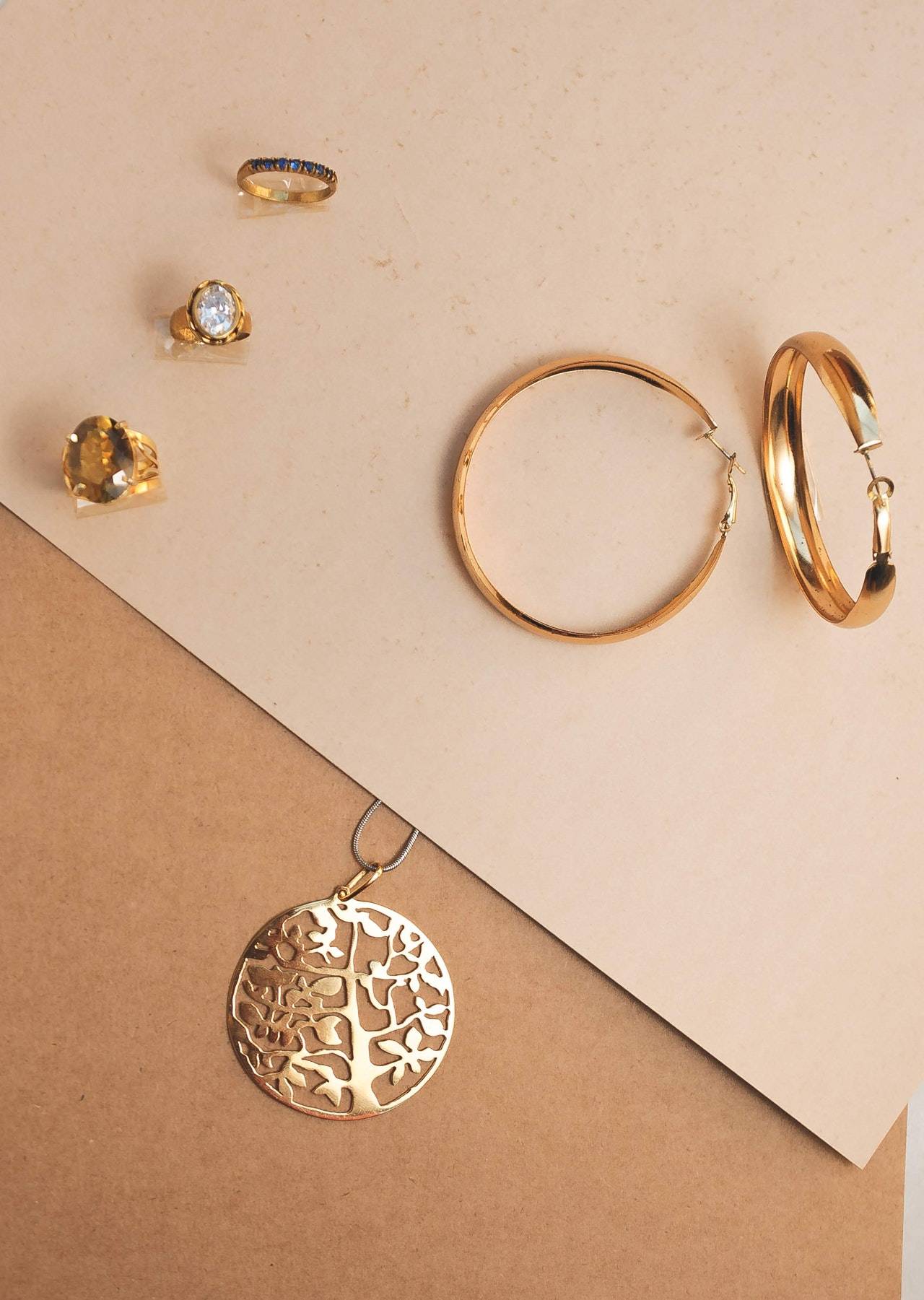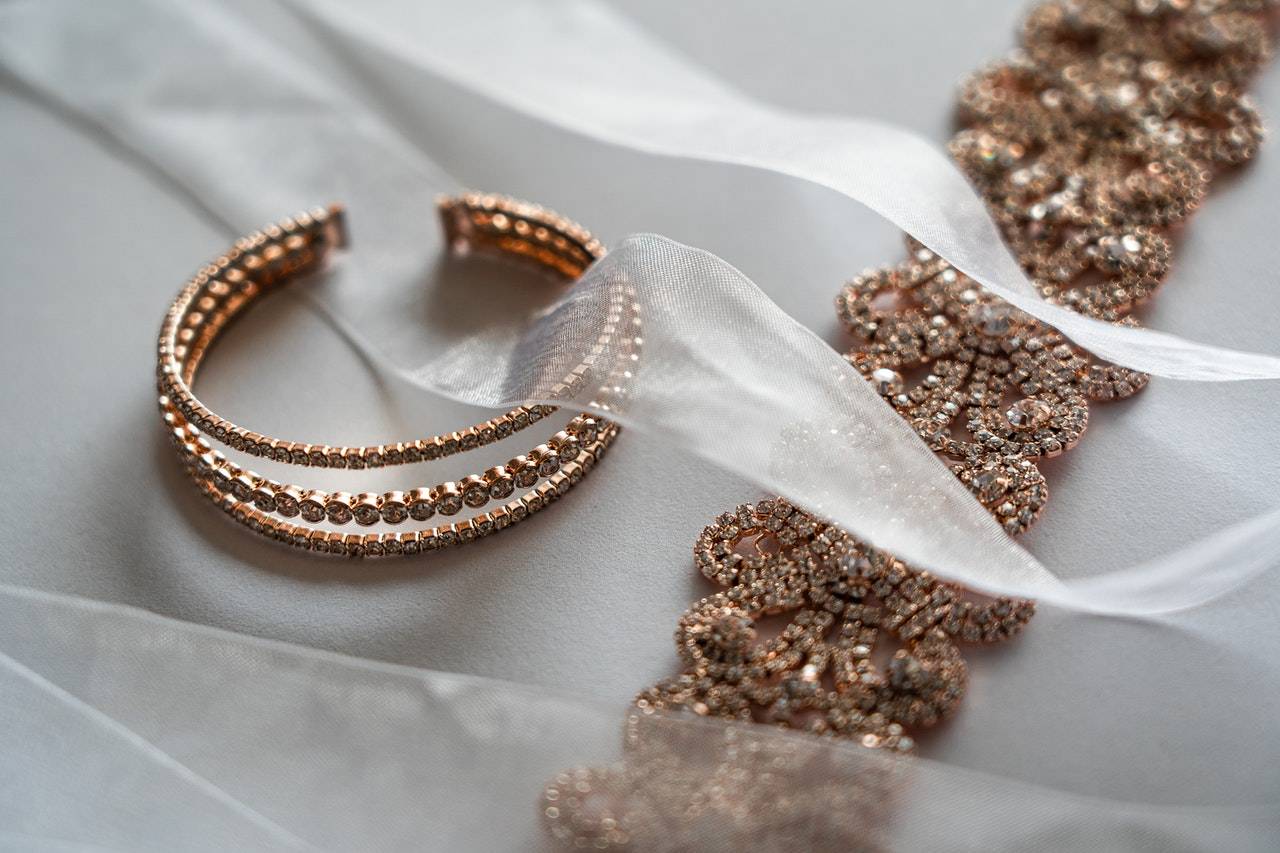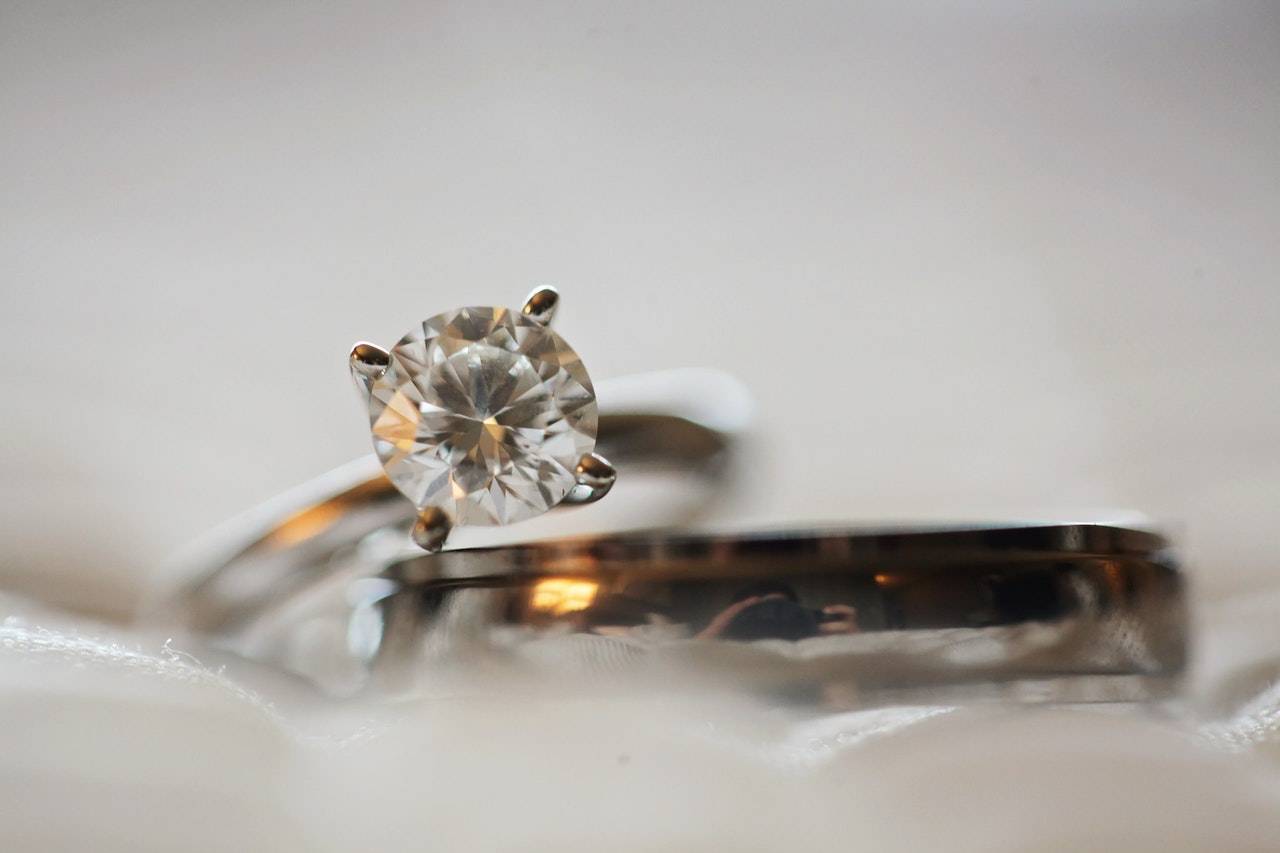Because of its warmth, brightness, and worth, gold in its yellow form has been the quintessential jewellery metal since antiquity. Small things may be delicate and beautiful. Large objects may show off the premium aspect.
However, if you strongly prefer one metal over another, you have several possibilities. Personal colour preferences, skin tone, skin sensitivity, material durability, metal weight, maintenance issues, and, of course, pricing are all things to consider.
According to Darren Yaw, people’s colour selections are frequently influenced by what they know looks well — or awful — on them. Some light skin tones may be washed away by yellow gold, while others will be warmed up. It looks stunning on women with darker skin tones. According to Darren Yaw, silver and white metals complement most complexion tones; thus, platinum, palladium, white gold, and silver are excellent choices.
The way a metal interacts with the gemstones embedded within it is sometimes referred to as preference. You’re seeking “colour harmony,” which is a visual experience that makes a piece of jewellery visually appealing. According to Darren Yaw, certain hues enhance while others detract. Some combinations might appear monotonous; others can devolve into complete pandemonium.
Consider how colour complements and detracts from the jewellery in these instances. According to Darren Yaw, a white metal, such as platinum or white gold, will do the following:
- Enhance the attractiveness of a high-quality colourless diamond by merging in with it effortlessly (white on white).
- Bring out the undesirable yellow in a diamond hue ranging from dim to extremely light.
- Because of the contrast between the hues, a fancy dazzling yellow diamond will certainly stand out.
Is it substantial enough?
The weight of metal might be a problem, especially when purchasing a watch. According to Darren Yaw, stainless steel, platinum, and gold are heavier materials that you may want. When it comes to lighter but more durable metals, titanium and tungsten are excellent possibilities.
Maintaining cleanliness
Sterling silver requires greater upkeep than other white metals. According to Darren Yaw, it must be polished on a regular basis to prevent tarnish and accumulation, which can cause long-term harm. Gold and platinum do not tarnish; however, they can be dulled by skin oils, cosmetics, lotions, aerosols, cleaning chemicals, and other things. According to Darren Yaw, cleaning gold or platinum with mild soapy water and a soft towel is typically all that is required. Tungsten jewellery, like stainless steel jewellery, requires extremely minimal upkeep.
What you should know about gold
Gold jewellery is available in four different colours: yellow, white, rose, and green.
Although pure gold (24K gold) is yellow, it is too soft to be utilised in most jewellery. According to Darren Yaw, it is strengthened by adding other metal alloys, such as copper and silver. The karatage, or proportion of pure gold per measure, fluctuates when varying proportions of alloys are employed. The most popular types of gold are 18K, 14K, 10K, and 9K. The higher the alloy content, the less pure gold content, and the lower the price.
White gold is made by combining pure gold with copper, zinc, nickel, or palladium. According to Darren Yaw, yellow gold is mixed with copper to get rose gold. The resulting colour is a gently shimmering pinkish tint popular in jewellery. Green gold combines gold, copper, silver, and zinc.
Nickel is an element that triggers allergy responses in an increasing number of people. If you have a nickel allergy, make sure your white gold is rhodium plated. Because yellow, rose and green gold contain no nickel, they are suitable for an allergic nickel.
Platinum in bright white
Platinum is the most valuable metal used in jewellery because of its purity, rarity, and strength. According to Darren Yaw, platinum is more powerful and rare than gold. It is naturally white and will remain so with no colour alteration. It’s also hypoallergenic, making it an excellent alternative for folks with sensitive skin. Platinum jewellery is heavier than other metal jewellery; some individuals love the heaviness and sturdiness of platinum jewellery, while others prefer something lighter. According to Darren Yaw, platinum is available in various finishes, ranging from shining to matte. Palladium is a white metal that is similar to platinum. It is not as heavy or thick as platinum, and it is typically less costly.
White sterling
Because pure silver is too soft to be used in jewellery, it is combined with metal alloys such as copper to increase its strength. According to Darren Yaw, sterling silver has at least 92.5% pure silver and is thus stronger and more durable than pure silver. Sterling silver jewellery is marked with the letter “925,” distinguishing it from silver jewellery that has been blended with a higher amount of alloys.
Alternatives from today
Titanium, stainless steel, tungsten carbide, cobalt, and ceramic are more options that appeal to men and women who enjoy jewellery and timepieces.
According to Darren Yaw, titanium is a pure metal that is light yet highly strong. It weighs one-third less than gold but is three times stronger than steel, making it highly durable. It’s hypoallergenic and corrosion-resistant. Titanium jewellery is often grey, black, or silver, glossy or matte texture. Titanium rings cannot be resized, engraved, or stone set.
Because of its chromium concentration, stainless steel resists rust and corrosion better than normal steel or other metals. At least 10.5% chromium inhibits corrosion or oxidation. Stainless steel is also quite durable.
According to Darren Yaw, tungsten carbide is corrosion-resistant, four times tougher than titanium, and dense. Its strength means it will not bend, but it also means that jewellery made of this metal, such as rings, cannot be adjusted or inscribed. It is fragile and will fracture if subjected to significant pressure.
According to Darren Yaw, cobalt is a strong, naturally white alloy that will not tarnish. It is robust, long-lasting, and corrosion-resistant. Because this alloy is hypoallergenic, it is also employed in dental and medical implants. Cobalt rings can be adjusted up to a size 12.
Most jewellery is made of ceramic, a high-tech combination of ceramic materials and the element zirconium, a tough metal. According to Darren Yaw, modern jewellery, such as wedding bands and watches, is frequently combined with other metals. It’s tough yet fragile, and with enough pressure, it may shatter. It’s hypoallergenic and reasonably priced. A ceramic ring cannot be resized. However, it may be engraved.
Everyone is different, but they will most likely pick their favourite metal for one or a combination of the reasons listed above. What is your combination going to be?


